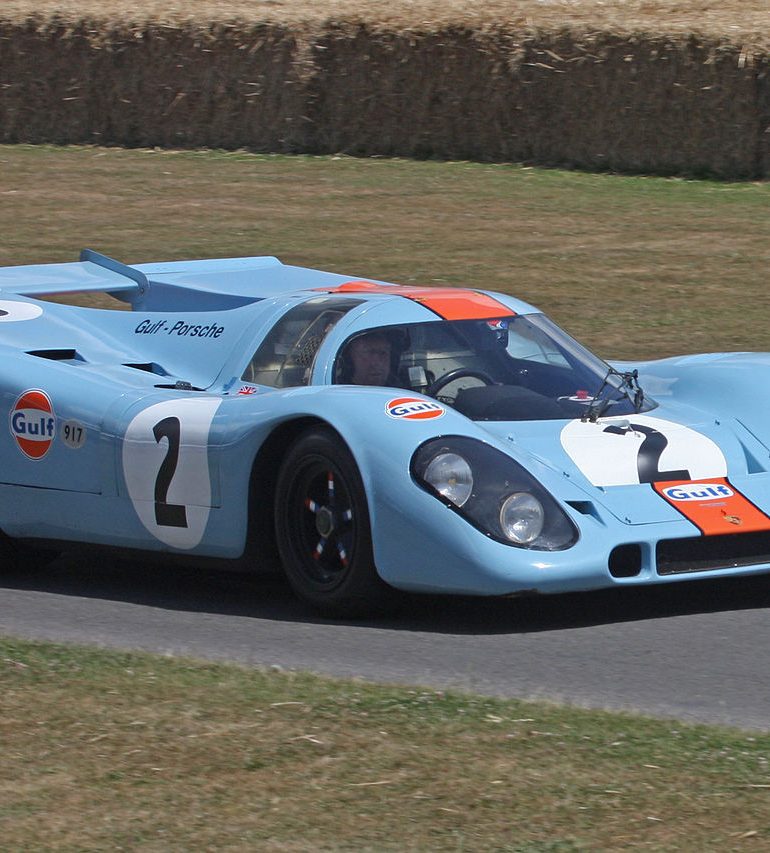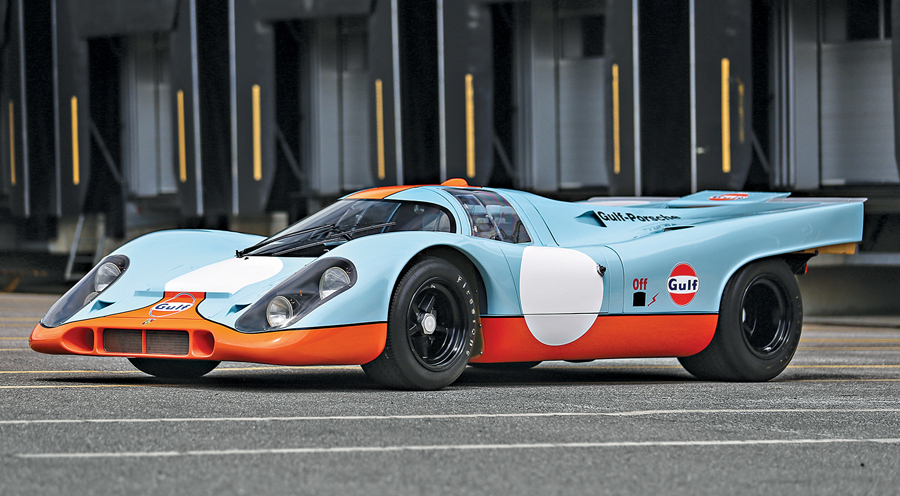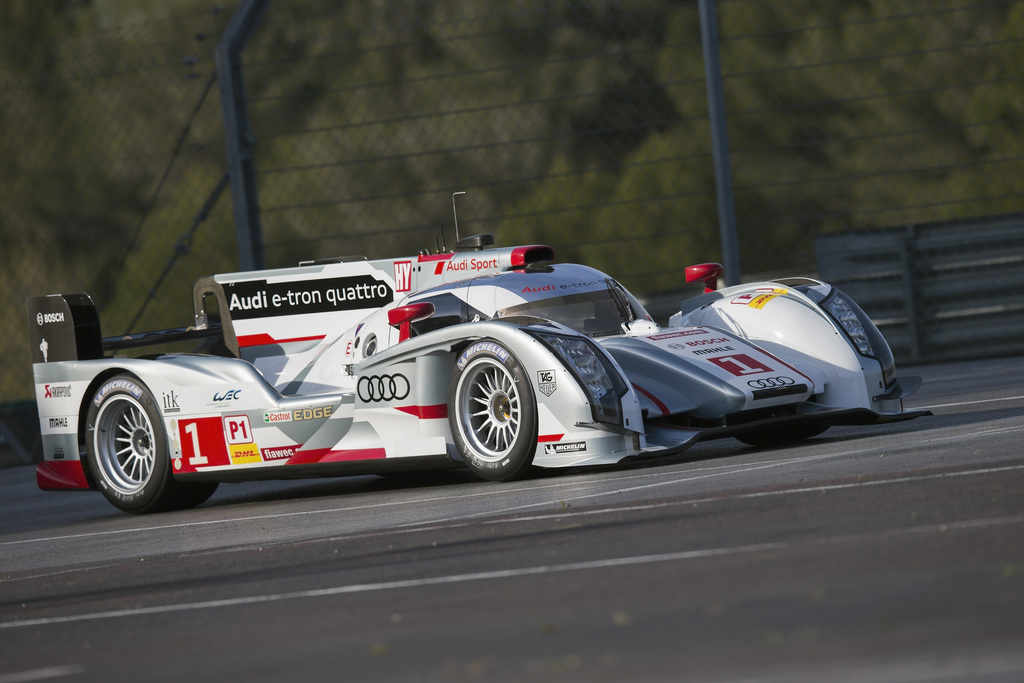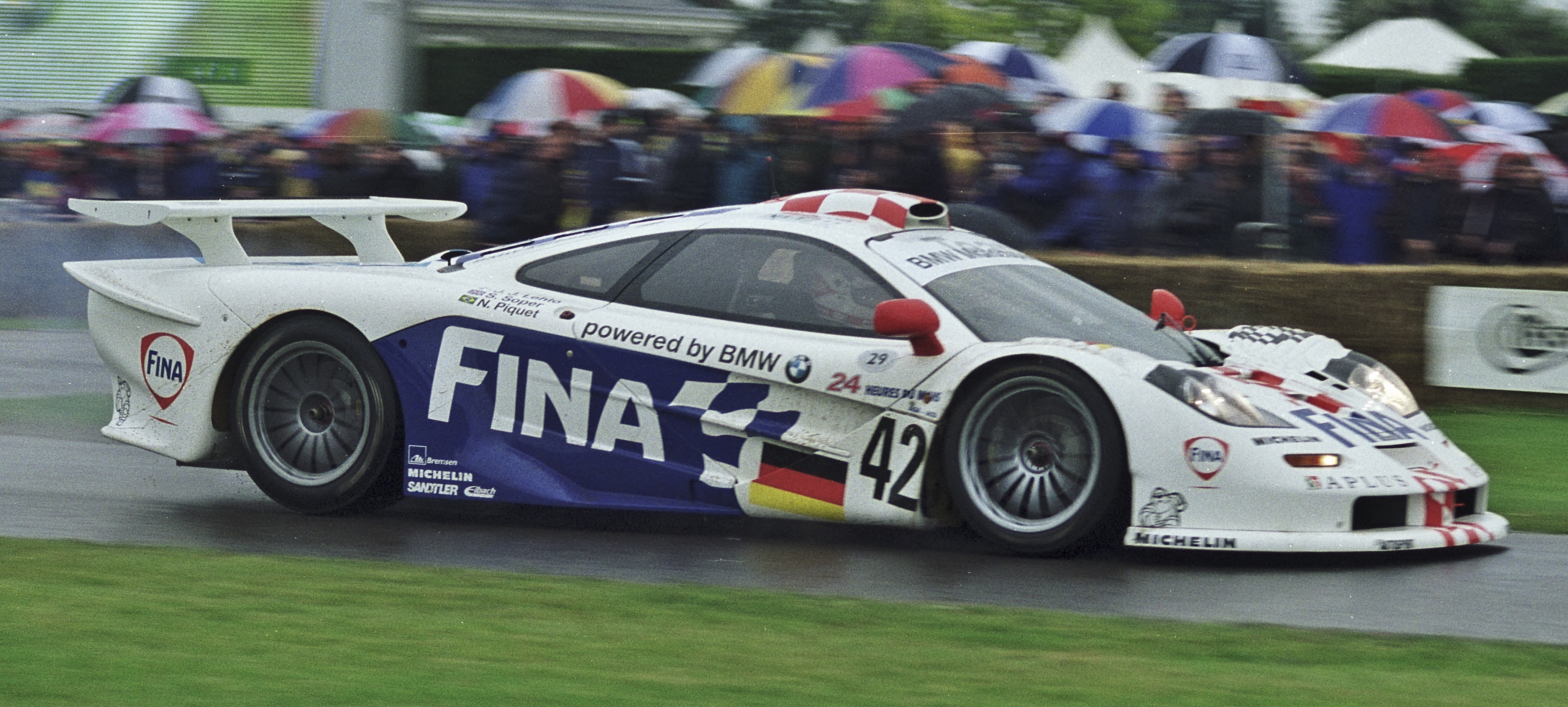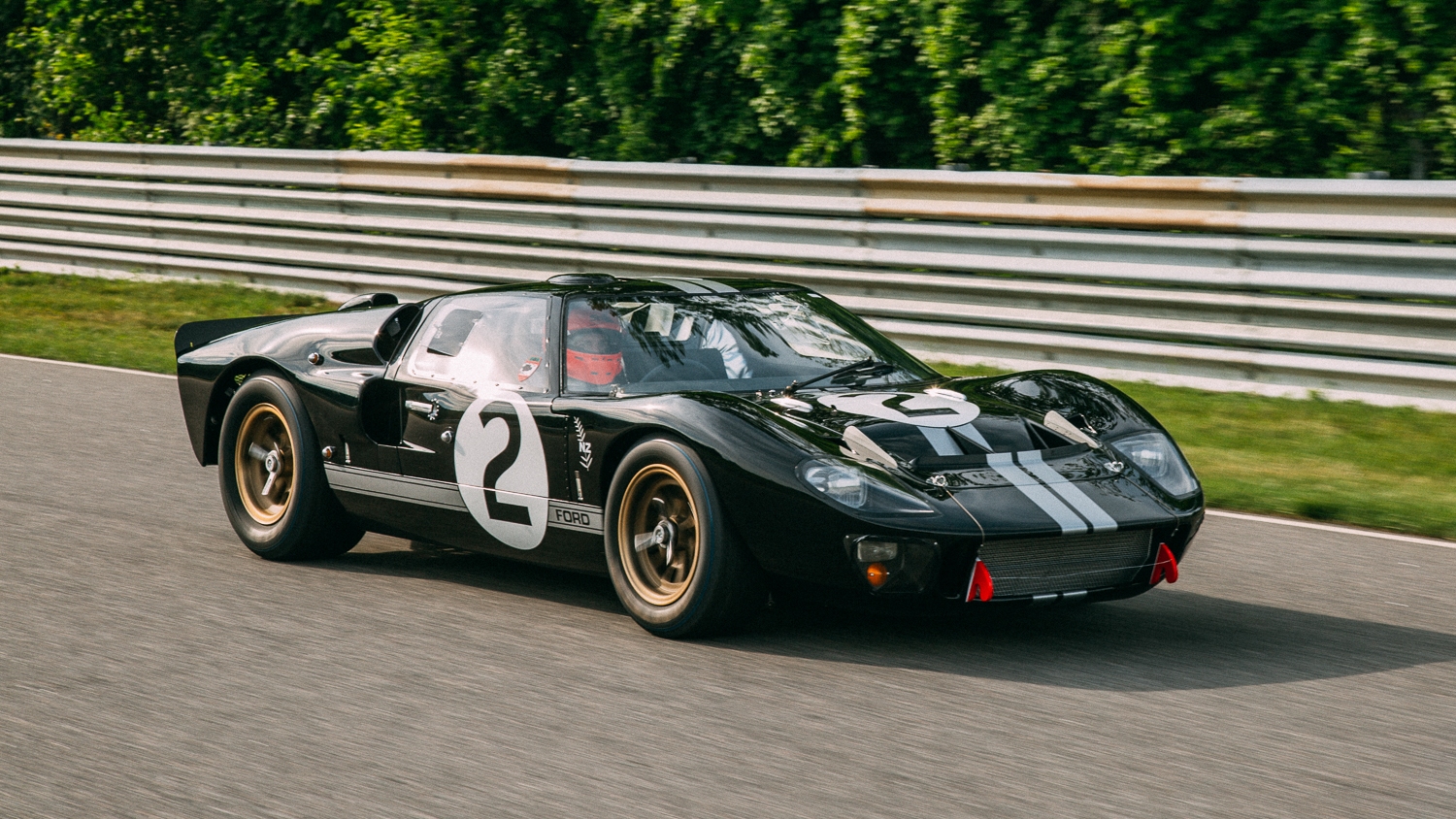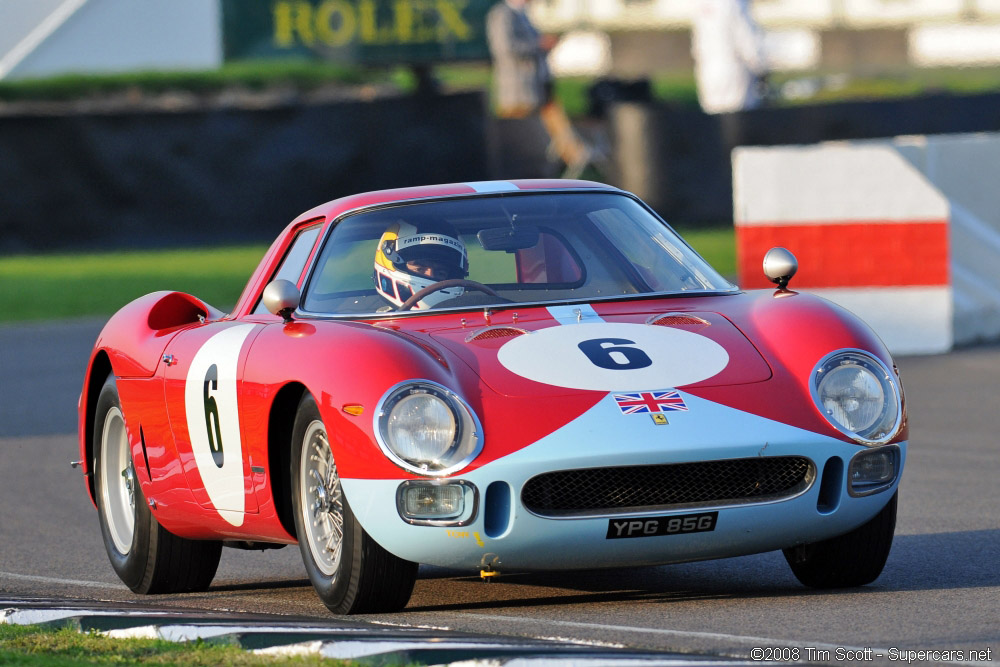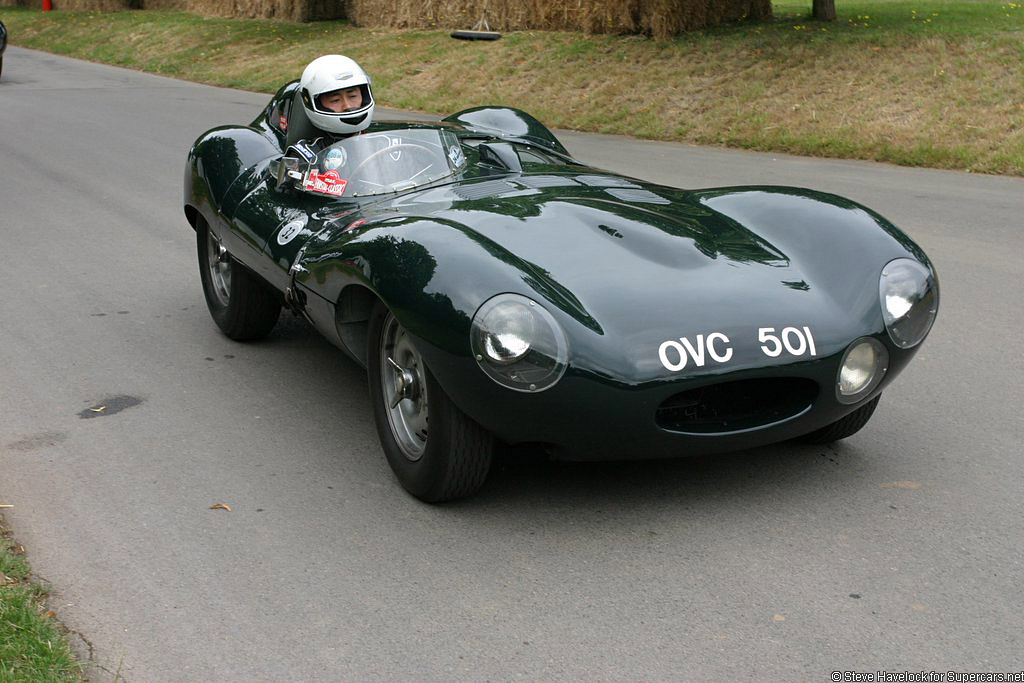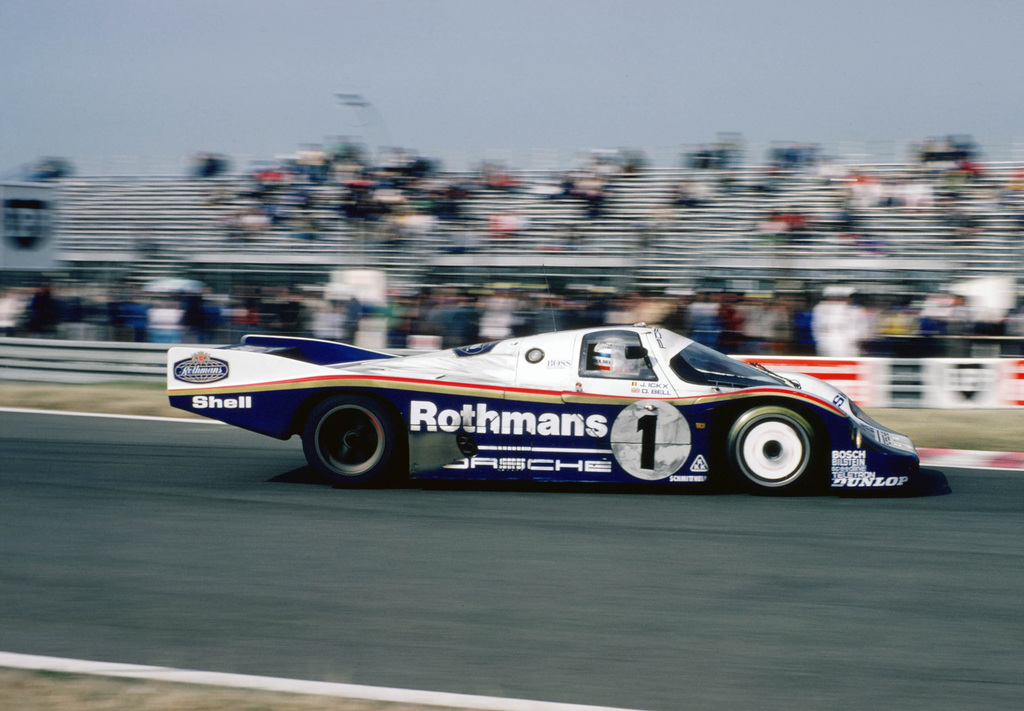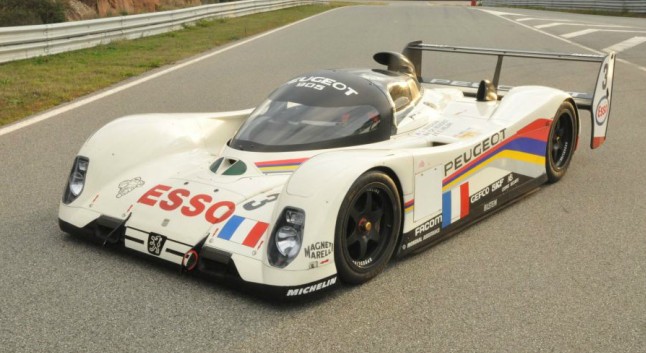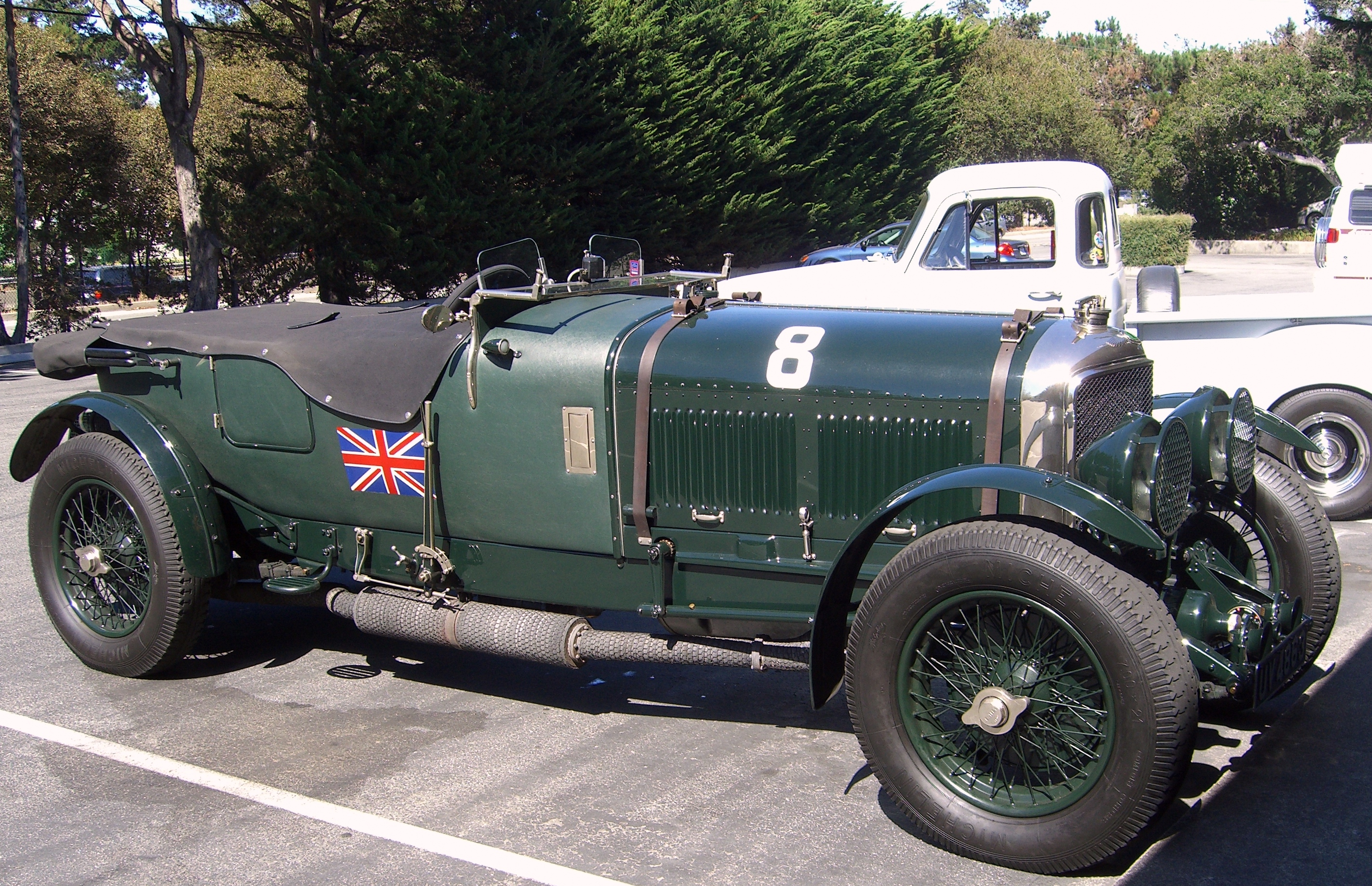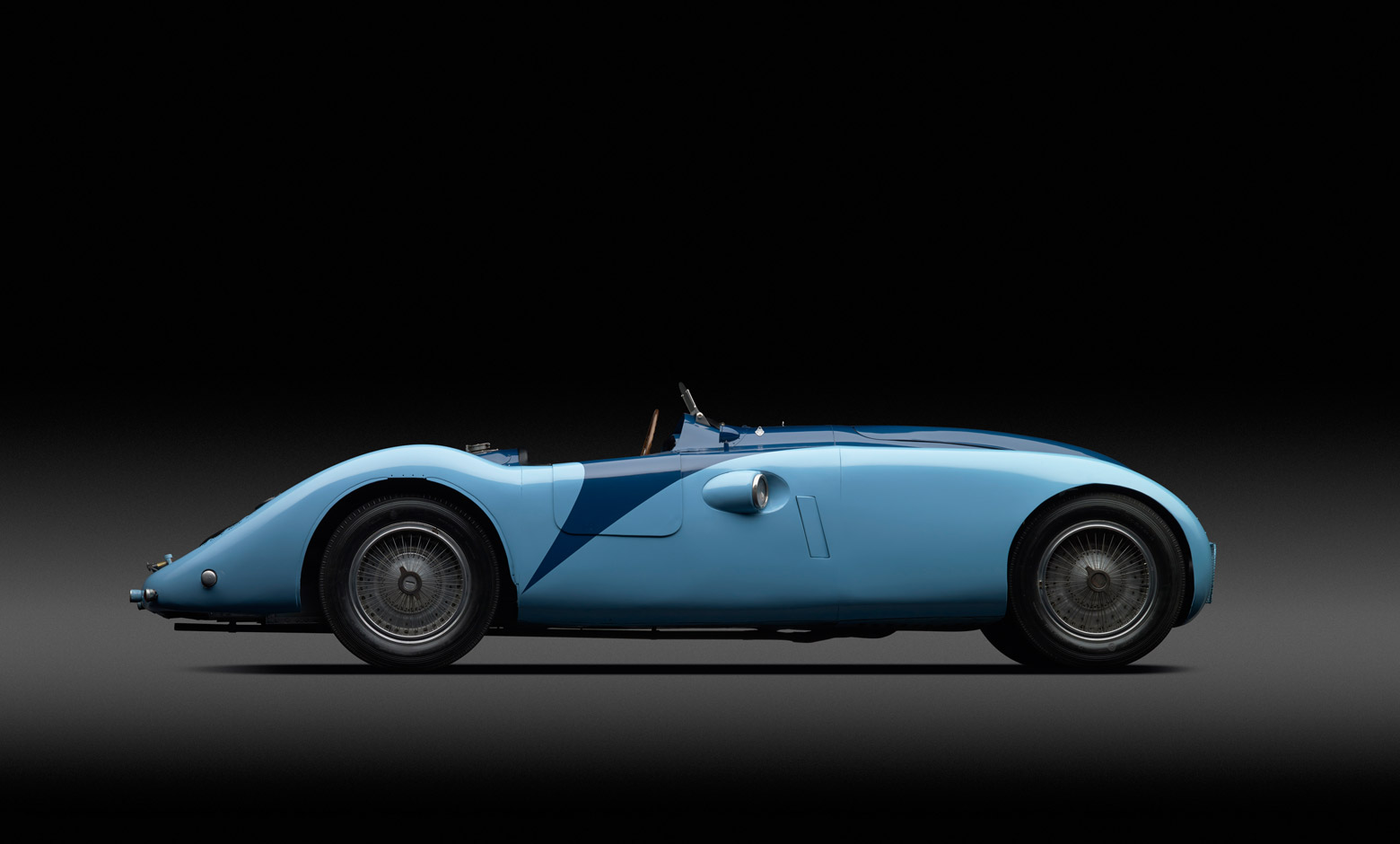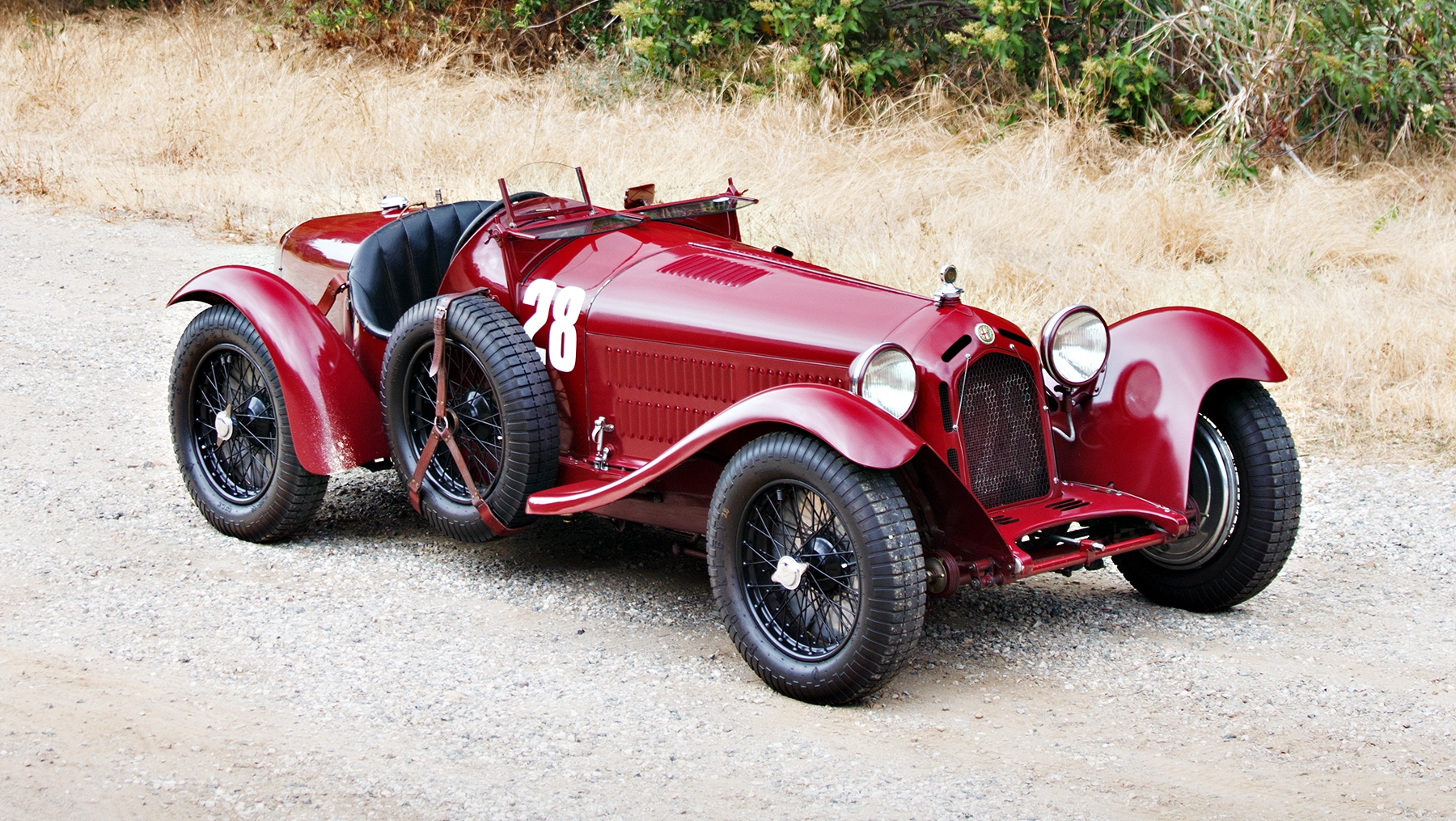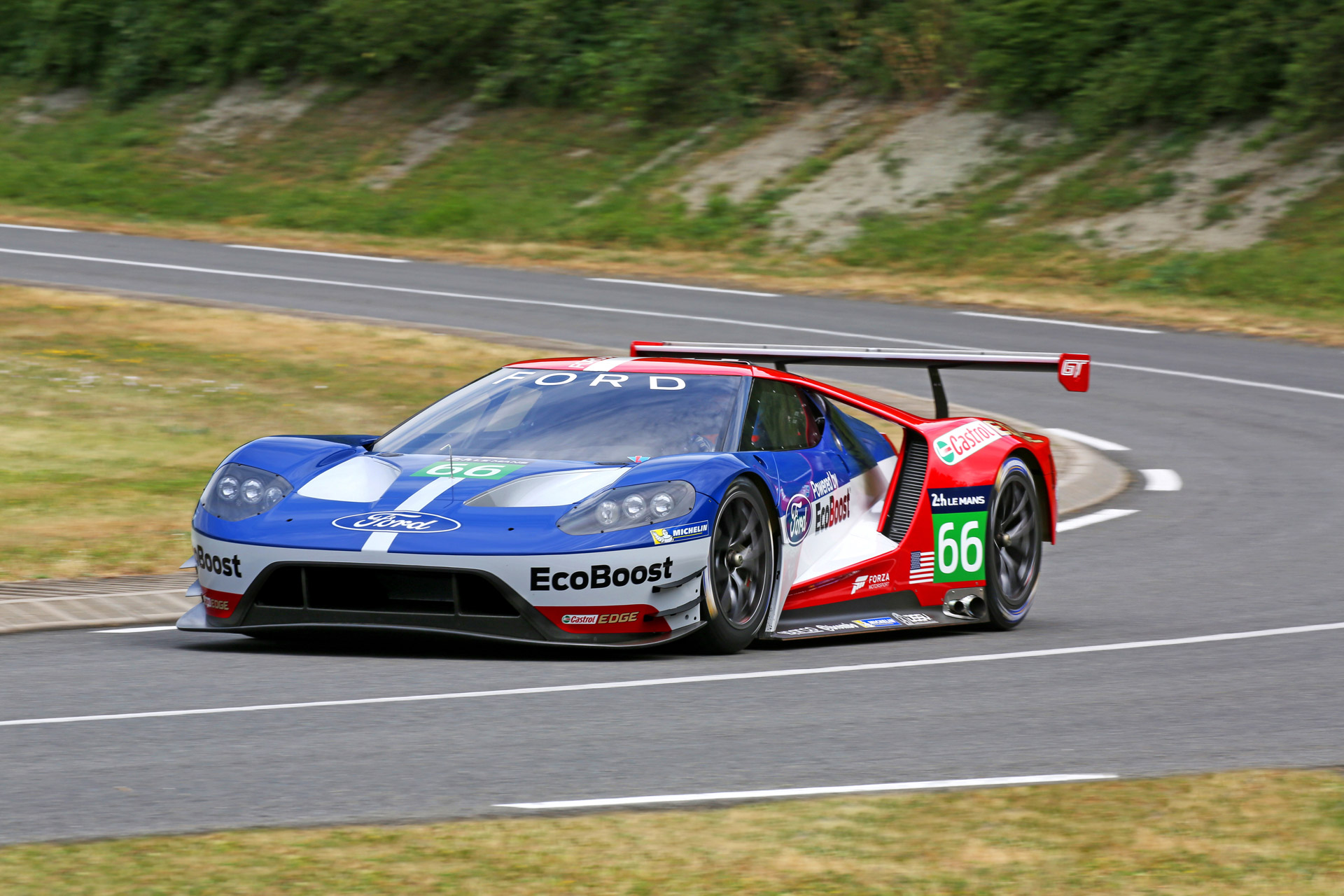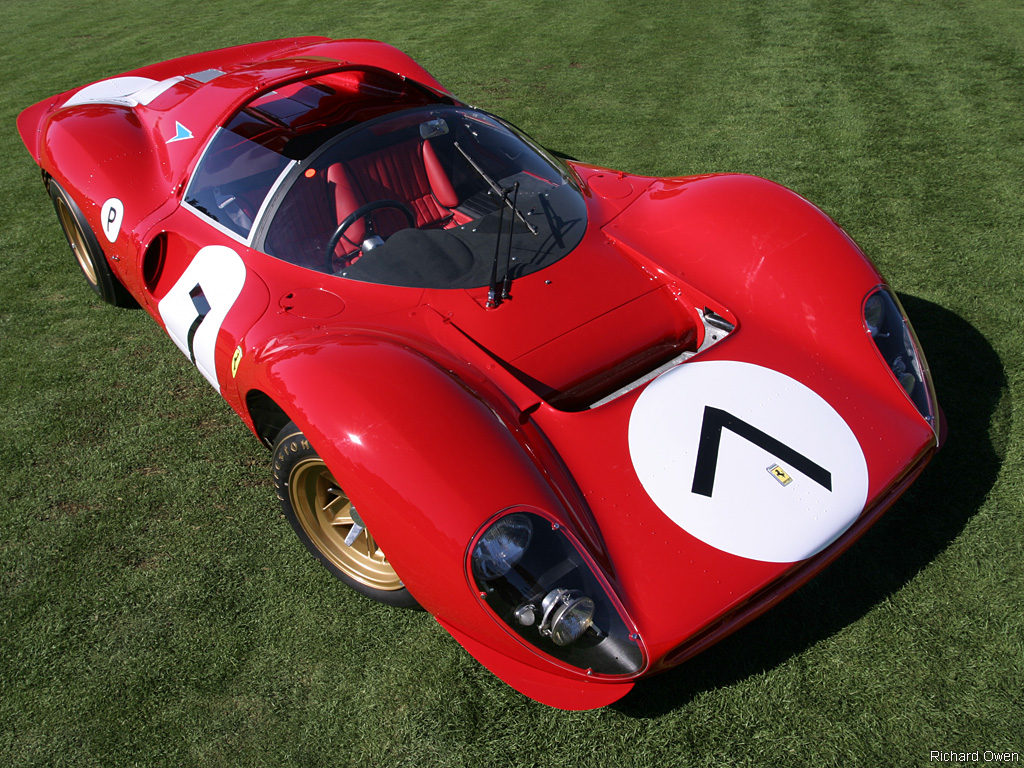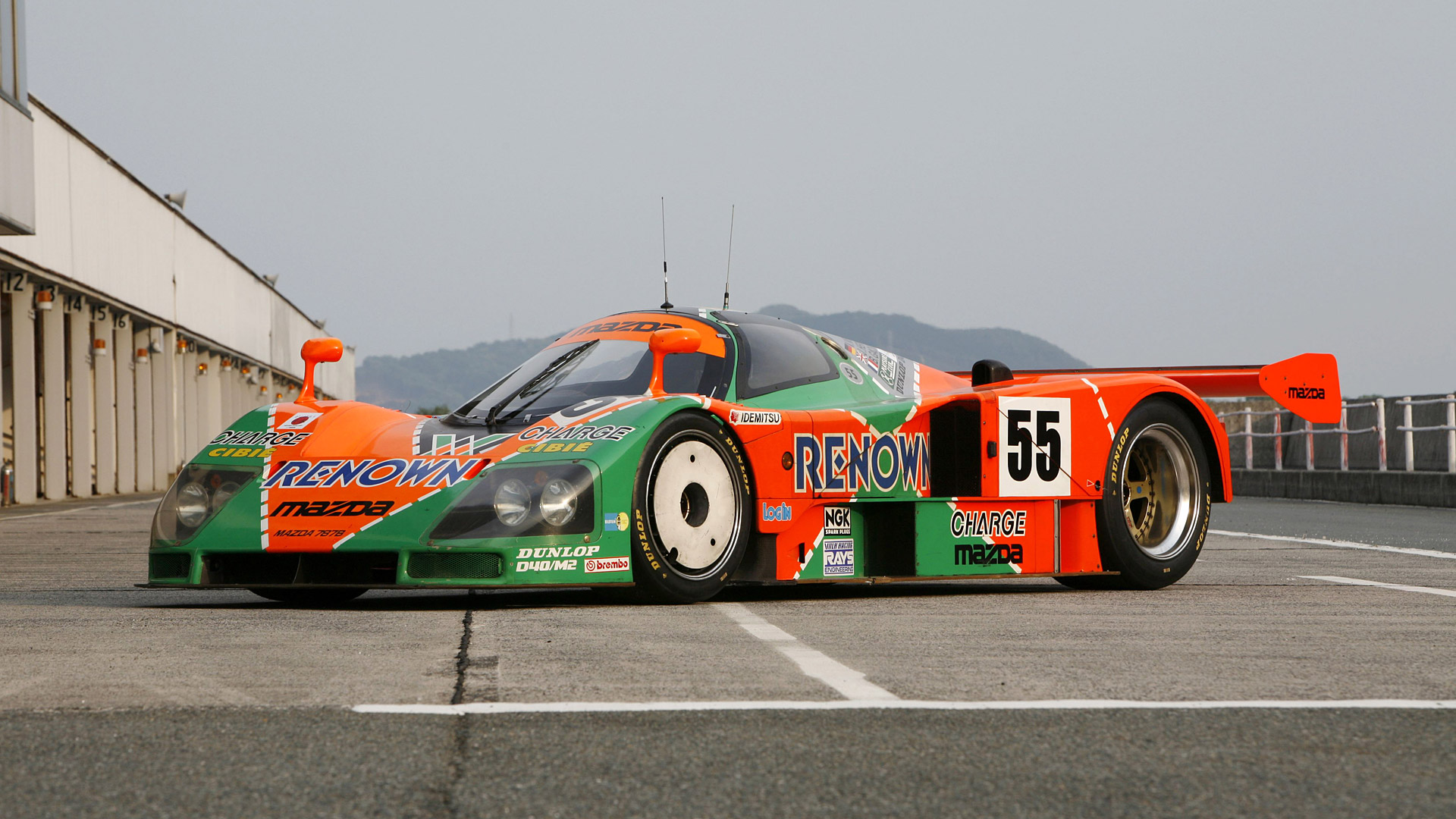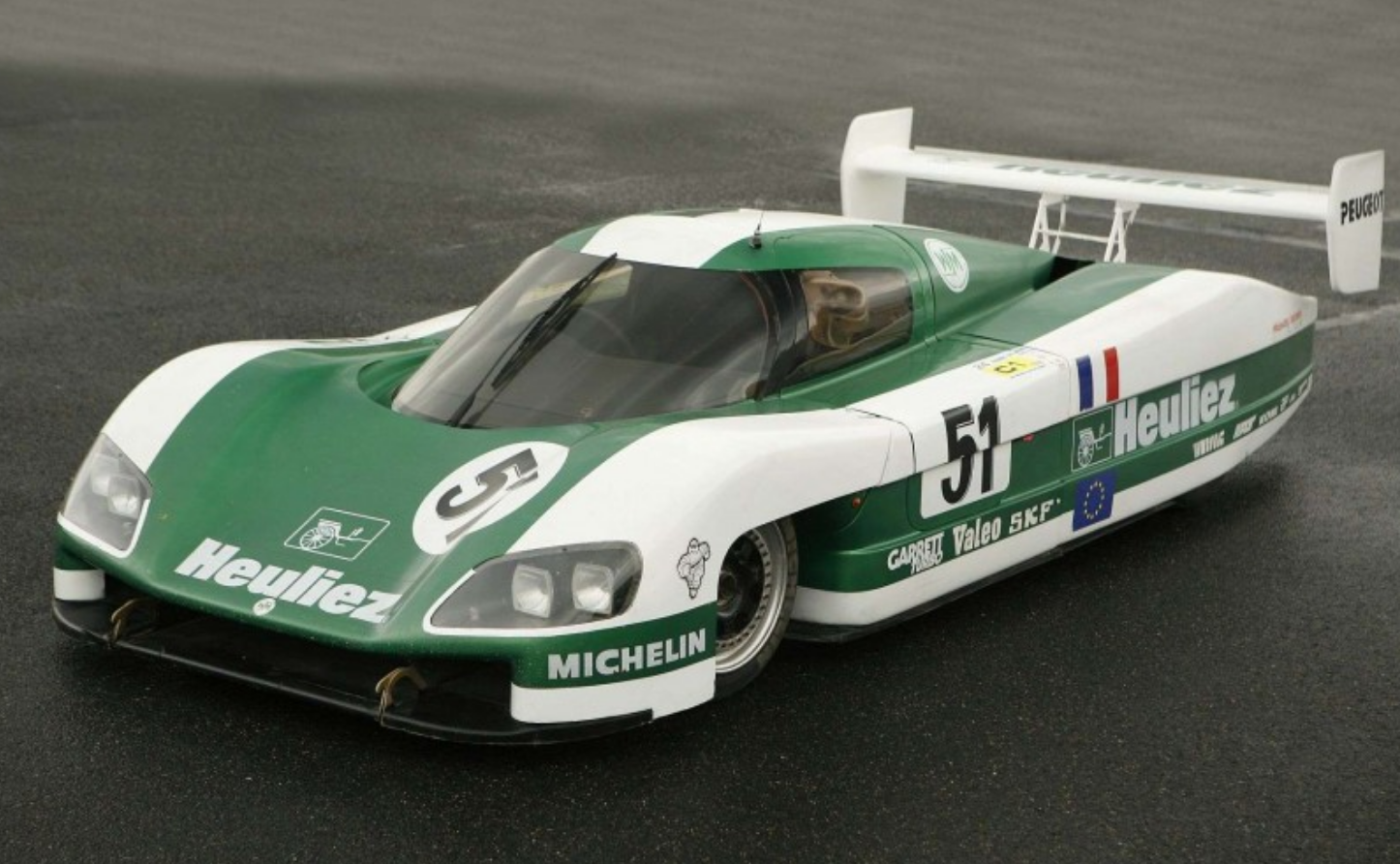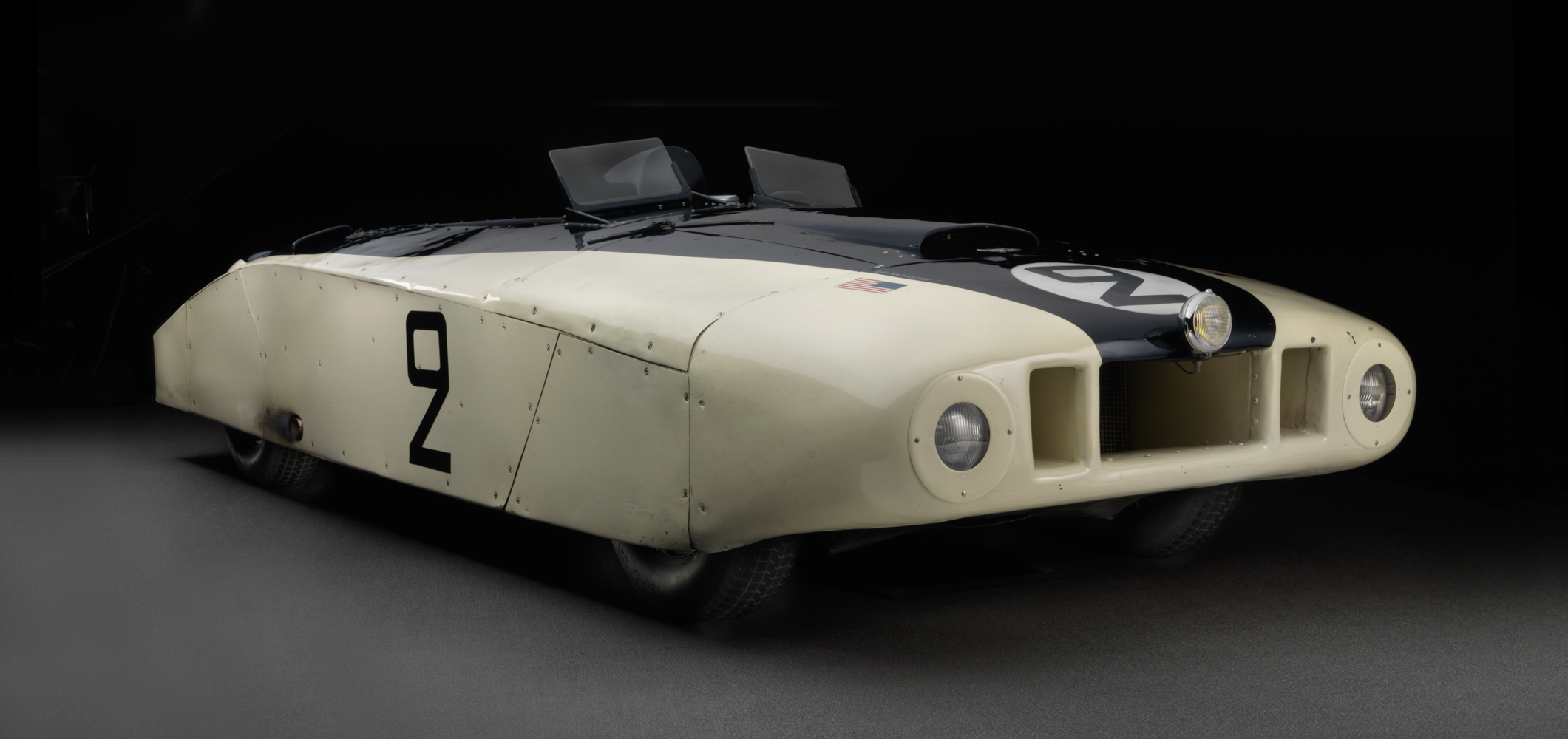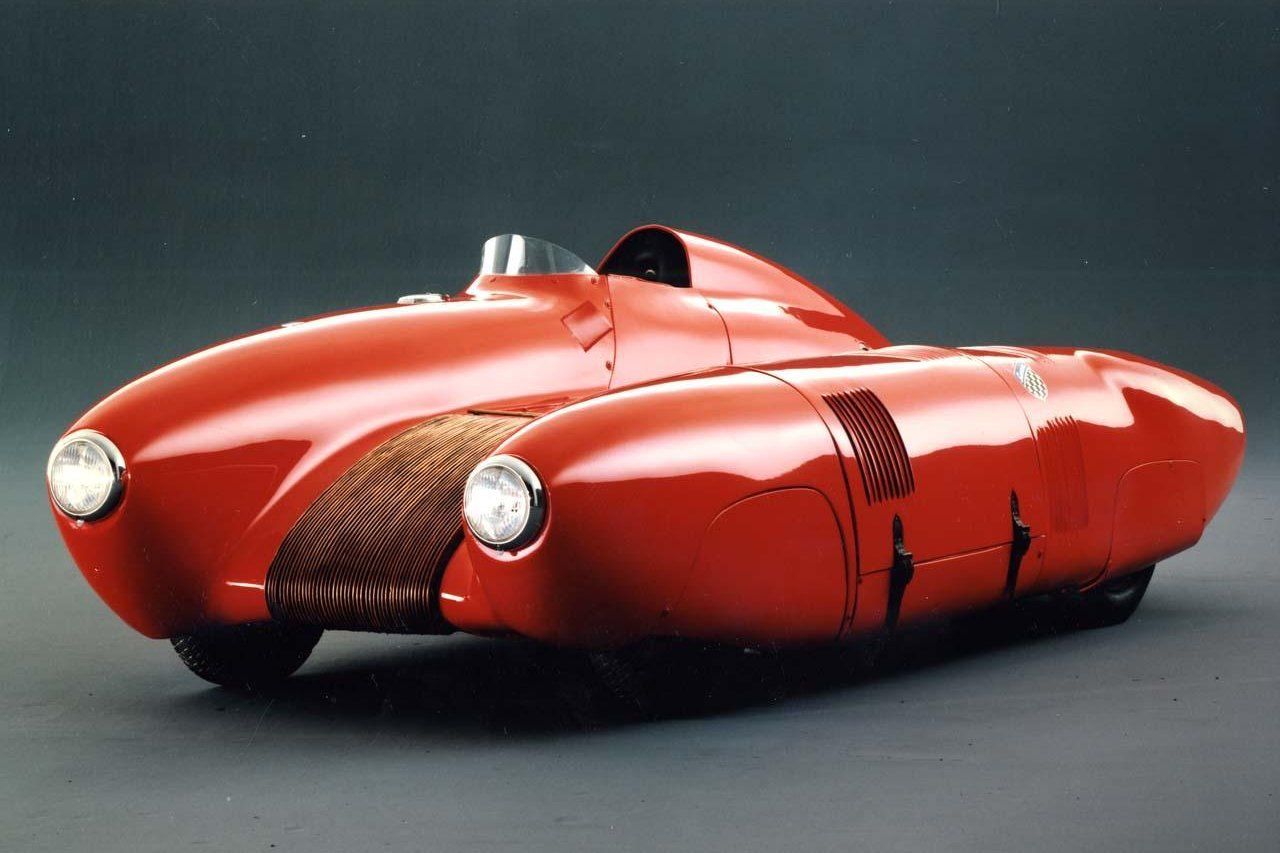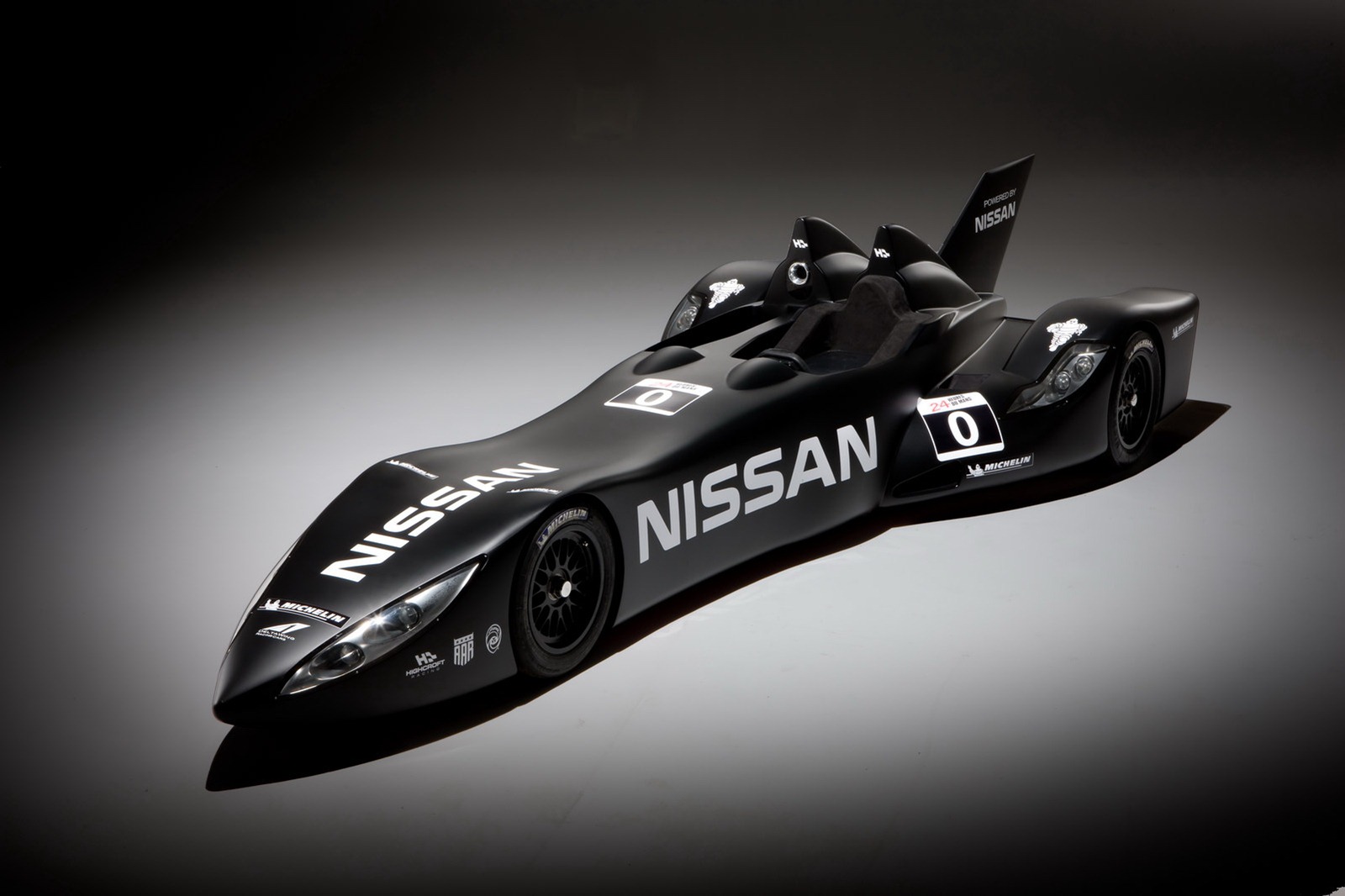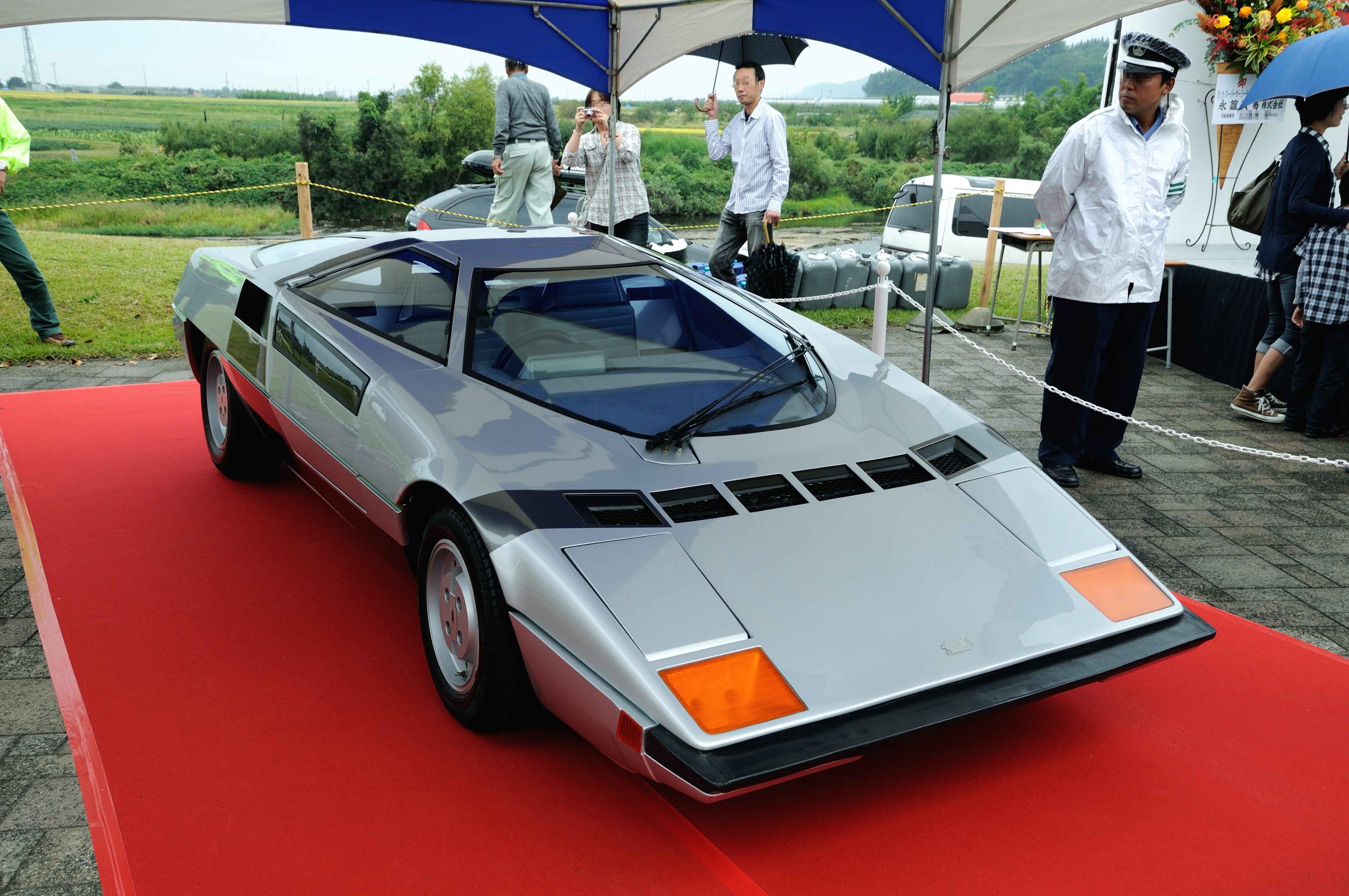Best LeMans Cars of All Time
The G.O.A.Ts – Greatest LeMans Cars
Legends and Icons. Le Mans cars which have indisputable performance credentials, and a packed trophy cabinet to back them up.
1970 Porsche 917
Porsche has always been known for dominating the race circuits. During the period between the ‘70s and ‘90s, the German marque scored no less than 16 victories. The 917 made its debut in 1969, when a certain Ferdinand Piëch was still relatively unknown in the racing world. That was about to change.
Spurred on by Le Mans victories in the early 70s, the 917 would go on to achieve international fame in the 1971 film “Le Mans” – a fictional depiction of a 24 Hours of Le Mans race, starring the legend Steve McQueen and a Porsche 917.
Many believe it was these events that really put Porsche on the trajectory to where it is today, becoming one of the most prominent race cars manufacturers in history, while propelling its successive lines of road cars to the highest regard.
2013 Audi R18
When this magnificent piece of work first appeared on the race tracks in 2001, everyone could already sense the potential it had in being able to break the record of 16 victories that Porsche had previously set.
The car was equipped with a turbocharged 4.0-liter V6 diesel hybrid engine that delivered 550 horsepower through Audi’s quattro AWD drivetrain. Up to 200 horsepower could be sent to the front axle via the e-tron electric motor, which also featured regenerative braking.
Suffice to say, the R18 had every weapon in its arsenal to dominate a Le Mans race – a powerful and efficient motor, a grip-biased AWD system, and a beautifully poised chassis. Sure enough, Audi’s dominance at Le Mans would come to fruition in 2013, when they would score their first victory using a hybrid prototype.
The Audi R18 was also hugely responsible for ushering in a new era of endurance racing, as its design would be used as a template for the implementation of new LMP1 regulations. With race driver Tom Kristensen at the wheel – aka “Mr. Le Mans’” – the R18 holds the record for the most 24 Hours of Le Mans driver victories, with nine in the bag.
1995 McLaren F1 GTR
McLaren’s F1 roadcar is arguably the best car ever produced by racing manufacturer McLaren, and was often referred to as “the greatest supercar of all time”. When McLaren first produced F1, their intention was that it be exclusively sold as a road car with no plans for a race program; however, the pressure of customers and race teams alike proved too much, so McLaren decided to act fast and appease its loyal supporters.
Eventually, this led to the creation of the F1 GTR, a race version of the F1 roadcar that debuted in 1995. Its presence on the tracks left everyone astonished; its outright speed and remarkable endurance combined with its work-of-art chassis, sent shockwaves through the racing world.
Numerous race teams got their hands on one without hesitation, and would go on to achieve 3rd, 4th, 5th and 13th places right off the bat in the 95th Le Mans race. Using the takeaways learned from its debut season, the F1 GTR made its comeback two years later, returning with a host of aerodynamic and design upgrades. It finished 2nd and 3rd in the 1997 Le Mans race. That same year, production of the car had ceased.
1966 Ford GT40
As I’m putting together this list in 2020, I must say that the Ford GT40 has to be one of the most famous race cars today. It has now been immortalized through the 2019 Hollywood film “Ford v Ferrari”, which told the story leading up to and including the GT40’s one-two-three finish in 1966. The car’s cult following has since become a worldwide one.
Born out of revenge from a business deal gone sour between Ford and Ferrari, the Ford GT40 would end Ferrari’s streak in Le Mans and would go on to record consecutive wins from 1966 to 1969. This legitimized the American manufacturer’s credentials in the racing world, of which it had very little prior to this.
The rest as they say, is history.
1964 Ferrari 250 LM
In the period between 1960 and 1965, Ferrari was at its absolute prime on the racing circuits. It became the de facto dominant force by winning every single race. The Ferrari 250 LM made its debut at the tail end of this dynasty in 1964, and is considered to this day as one of the most breathtaking Ferrari race cars ever produced.
Just a year on, the 250 LM managed its first victory in the 1965 24 Hours of Le Mans with drivers Jochen Rindt and Masten Gregory This event is also notable, as it remains Ferrari’s last overall victory in the endurance classic.
These days, the car has taken on a different persona in becoming a collector’s item, with individual cars selling for more than $10 million USD. With only 34 examples ever made, they are usually all the buzz at any auction, car show or historic racing event which they attend.
1954 Jaguar D-Type
In the same way that Ferrari ruled the 60’s, it would be Jaguar who made their mark during the 50’s. Securing five victories out of a possible six in the period between the early and mid-50’s, Jaguar was soaking up the spotlight and looked to assert its dominance over the long term.
Soon, the new Jaguar D-Type became the popular kid at the race tracks, and everyone became enchanted by its sheer power. Continuing their successful motor sports program, Jaguar created the D-Type as a logical progression of the XK120C, or C-Type. After an eighteen month development period, the D-Type was launched and began its assault at the 1954 Le Mans race. It won the event three years in a row and became Jaguar’s most successful race car.
Seeing the potential of the Jaguar D-Type commercially, the company developed an irresistible road version of the car. Even the famous actor Steve McQueen – known best for his affiliation with Porsches – could not pass on the opportunity to own one of these beauties.
1982 Porsche 956
To correspond with Group C racing first introduced by the FIA, Porsche designed the 956 with a strong emphasis on winning the 1982 Le Mans. That year, Porsche made a clean sweep; 1st, 2nd and 3rd was theirs. The lack of any real competition in 1982 practically handed them the championship, but credit is due for their tremendous team, and the newly developed Weissach facility. Fresh off their new found success, Porsche turned the 956 into a customer prototype that would rule motorsport for a decade.
From 1983, Porsche domination would go on to last nearly ten years. During this period, Porsche won Le Mans every year up until 1988. They also won the IMSA GTP from 1985 to 1987, and the World Sportscar Championship from 1982 to 1986. These victories were highlighted by the win at the 1983 Le Mans where Porsche cars took nine out of the top ten positions!
Over this epic 10 year dynasty, the Porsche 956 secured 132 prototype victories, making it the most successful prototype race car in motorsport history. The greatest of the G.O.A.Ts.
1991 Peugeot 905
The Peugeot 905 is the car that took the French manufacturer to the top of Le Mans. The original car would undergo two major revisions and name changes within 3 seasons, becoming the 905B halfway through the ‘91 season and then the 905 Evo 1B for the ‘93 season.
The former was primarily a rework of the car’s aerodynamics, which now used a two-tier rear wing and a more powerful and reliable SA35-A2 engine. This allowed Peugeot to cap off the 1991 campaign with a second place finish in the overall standings, thanks to consecutive 1-2 finishes at Magny-Cours and Mexico.
In its final evolution – aptly given the moniker ‘Evo 1B’ – Peugeot would go on to dominate the 1993 24 Hours of Le Mans with an historic podium sweep. Following this brief but significant spell of dominance, Peugeot would pull out of sportscar racing in favour of allocating more funds towards their Formula 1 ventures; like so many other manufacturers were doing at the time. This also marked the end of the World Sportscar Championship.
Historic Treasures – The Iconic LeMans Cars
Cars which were the most revered during their time, and fondly remembered to this day.
1924 Bentley Speed 6
Factory-raced Speed 6s contributed more to the Bentley story than any other model. These specially-prepared models won the 24 Hours of Le Mans as well as the famed Brooklands Double 12.
Three of the factory ‘works’ cars, known as Old Number 1, 2 and 3, garnered most of the acclaim and are currently considered the most desirable of all Bentley models.Bentley founder Walter Owen Bentley also considered the Speed Six his favorite model.
It was hugely successful and the largest racing model offered by Bentley. Also, it capped off the legendary series of Le Mans with victories during the 1924, ‘27, ‘28, ‘29 and ‘30 seasons. After 1930, Bentley retired from racing, ending a distinguished and unforgotten chapter in British motor racing history.
1937 Bugatti Type 57G Tank
Even though Ettore and his son, Jean, built the Type 57 as a road going supercar, they couldn’t resist proving it on the race track. In the first year of production, competition versions of the Type 57 with streamlined bodies would be raced in Tourist Trophy.
The following year, in 1936, an extremely different competition Type 57 appeared called the 57G. It featured fully enclosed bodywork that gave the car its most famous nickname: Tank.
When the 57G first appeared, it was a sensation within the racing community.
Bugatti proved the car at many different Grand Prix events, and even won the French Grand Prix at Montlhery due their slippery aerodynamics and light fuel consumption. The following year, at the 24 Hours of Le Mans, Jean-Pierre Wimille and Robert Benoist drove a Type 57G car to victory at Le Mans at an average speed of 85 mph.
1933 Alfa Romeo 8C 2300 LM
As beautiful as they were proficient, the Le Mans cars were long chassis versions of the 8C they were based on. were first built for 1931. Powered by an impressive 8-cylinder 2.3-liter engine produced an insane 220 horsepower within the light, but sturdy open top chassis.
They car also proved highly successful on the long circuit, dominating long distance endurance racing with rock-solid reliability and lightning-quick speed. Consecutive victories at Le Mans from 1931 to 1934 asserted the car’s dominance on the track; not to mention their popularity amongst race teams, as several would appear on the grid each race.
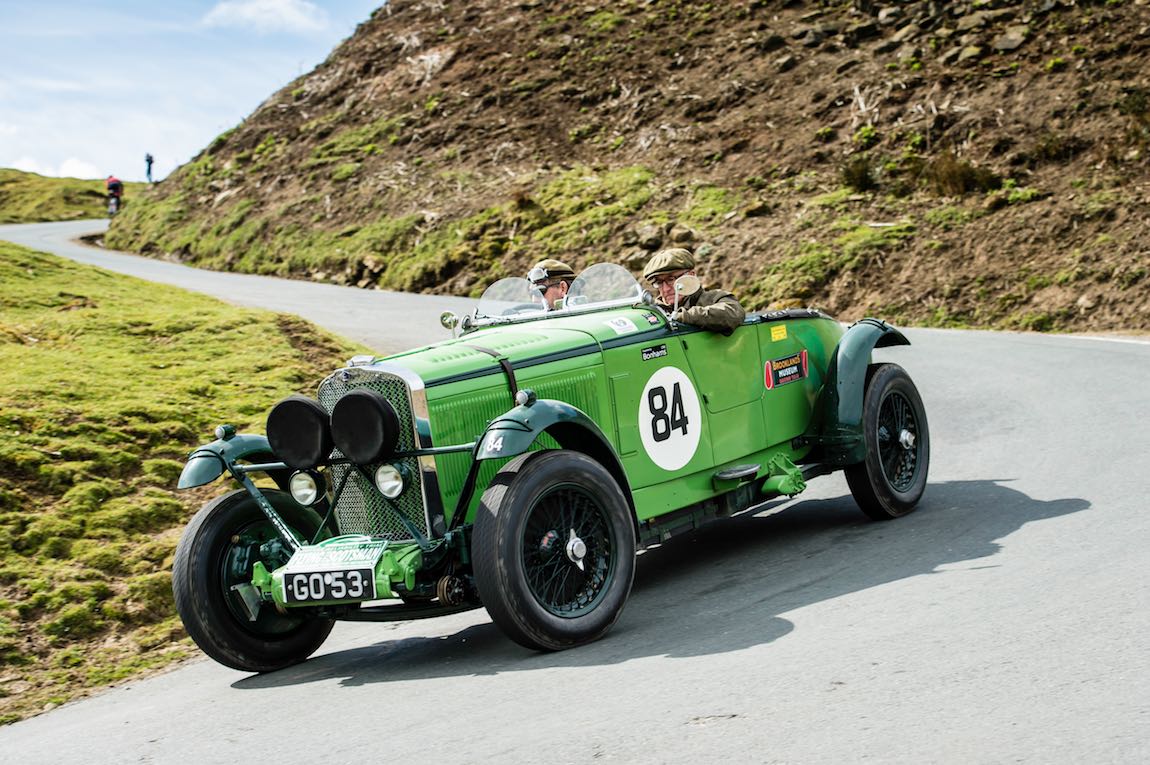
1931 Talbot 105
While the Talbot cars didn’t enjoy the same spells of dominance at Le Mans like aforementioned Bentley in the late 1920s, and Alfa Romeo in the first half of the 1930s, they scored plenty of victories elsewhere. Their most famous achievement was a 1st, 2nd and 3rd in class finish at Brooklands in 1931.
More peculiarly, they are quite successful in modern times too. Built from 1931 to 1934, the Talbot 105s are among the fastest pre-war cars to compete in vintage racing series. Today, a niche but highly regarded group of British enthusiasts race these cars with suitable doses of swagger and competitiveness.
The Trailblazers – The Boundary Breaking LeMans Racers
Breaking boundaries, these cars disrupted the status quo and created new ones at the same time. Less of an emphasis on race results and more so on character.
2016 Ford GT
The new race car – a further proof point of Ford innovation – is based on the all-new Ford GT supercar unveiled in 2016. Both the production car and race car would arrive in 2016 to mark the 50th anniversary of the infamous Ford GT race cars which achieved a 1-2-3 finish at the 1966 24 Hours of Le Mans.
The Le Mans race car would prove to be more than just a symbolic gesture to the past, finishing as the overall GT winner at the 2016 Le Mans 24 Hours. “This is an historic moment for the Ford Motor Company,” said Bill Ford, executive chairman, Ford Motor Company. “We dared to dream that we could return to Le Mans, 50 years after the incredible 1966 win, and take on the toughest competition in the world. The pride we all felt when the Ford GT crossed the line at Le Mans is indescribable. The team that designed, built and raced the Ford GT has worked tirelessly to bring us to this result and I am proud of each and every one of them. The Ford Chip Ganassi Racing team demonstrated the spirit of Ford, that of innovation, determination and true teamwork. We cherish our history and heritage, but today we made history again and I couldn’t be more proud.”
Oh, and another cool fact – the Ford GT is assembled in Canada.
1967 Ferrari 330 P4
One of the most revered Ferraris is the 330 P4. It immediately draws attention with curvaceously low lines and a sleek, yet aggressive demeanor. And since only one completely original car remains, it’s an elusive sight for many fans.
By the time the P4 was lapping the world’s circuits, Ford had finally pulled it together for their GT40 program, and made history by beating Ferrari at the 1966 24 Hours of Le Mans. However, Ferrari persisted with its much smaller-engined prototypes with the belief that their technical sophistication and superb handling would outclass Ford’s big-block might.
By far, the P4’s best moment came at Daytona when Enzo Ferrari got his sweet revenge and placed 1-2-3 at one of America’s most respected sports-car races. Until his death, Enzo kept a picture of the trio on their final lap of the momentous race.
1991 Mazda 787B
In 1991 Mazda became the first Japanese manufacturer to win the 24 hours of Lemans with their 787B, snatching the crown from Jaguar. The car was powered by a quad-rotary engine which also made the 787B the first rotary-engined car to win at Le Mans. Contrary to what Mazda’s production car engine might suggest, this particular engine was very reliable and fuel efficient – a key to its success.
After such an epic and surprising win, Mazda decided to retire from Le Mans, adding to the fanfare that was already surrounding the 787B model. Too brief of a career to be considered one of the G.O.A.Ts, but a legend nonetheless.
1988 WM Peugeot P88
The WM Peugeot P88 was never built to win at Le Mans, but it certainly put on a spectacle. Imagined by Peugeot employees Gerard Welter and Michel Meunier, the car was designed with the singular purpose of hitting 400 km/h on the Mulsanne Straight, which would comprehensively make it the fastest car to ever travel down the world famous stretch of road.
Based on the Peugeot P86 race car, the P88 would become the duo’s brainchild, with super-streamlined aerodynamics and a 900-horsepower, 752 lb-ft torque at the forefront of their creation. The car, driven by Roger Dorchy would finally achieve their top speed goal – and then some – a few hours into the race, before immediately retiring. 407 km/h was the officially recorded speed, although 405 km/h was what was officially inscribed on paraphernalia in favour of marketing efforts towards Peugeot’s new road car.
Oddballs – The Weird & Wonderful LeMans Cars
These cars were neither performance leaders, nor did they go on to have successful careers. Yet, they still possess an undeniable charm thanks to their quirky characteristics.
1950 Le Monstre
One look at the car, and you’ll know why it was given its name. The Le Monstre was actually based on a Cadillac Series 61, with a should we say…”unconventional” aerodynamic body built over it. It no longer displayed any of the underpinnings of the original car.
Initially, race stewards had such a hard time believing that a standard 61 chassis was underneath all the bodywork, that they refused to approve it for the race. After hours of scrutiny however, the car was given the green light when they were eventually convinced that it was still indeed a Series 61, all said and done. But not before it was given the nickname, “Le Monstre”, which has stuck to this day.
The aerodynamics actually gave the Le Monstre a top speed of 130mph, good for 13 mph over its more orthodox version. Alas, the car could never really show what it was truly made of, crashing into a sandbank during the race. It did manage to cross the checkered flag however, achieving an 11th place finish.
1955 Nardi Bisiluro 750
If the name Nardi sounds familiar, that’s because it is the same company that is famous today for making both OEM and aftermarket steering wheels for a wide variety of production and race cars. Back in 1955, Nardi was still in the business of making race cars, and the Nardi Bisiluro 750 was one such car.
This car is truly an oddball. The other half of the name “Bisiluro”, means “twin torpedo” in Italian, and it is relatively clear as to why the car was given this name. Driver on one side, and motorcycle engine on the other, the philosophy behind the Bisiluro’s design was to have an ideal weight distribution and low weight of just 500 kg.
It entered the 1955 Le Mans 24 Hours race, but did not finish. Popular belief has it that it was blown off the track by a passing car.
2012 Nissan DeltaWing
An experimental entry into the 2012 Le Mans 24 Hours race, the Nissan Deltawing was a collaboration between the Japanese automaker and US-domiciled British designer Ben Bowlby, American motorsport entrepreneur Don Panoz, the All-American Racers organization of former US Formula 1 driver Dan Gurney, Duncan Dayton’s two-time championship-winning Highcroft Racing team and Michelin Tyres North America.
Nissan’s race-prepared 1.6-litre four-cylinder engine, featuring direct petrol injection and a turbocharger, powered the Nissan DeltaWing. The chassis was half the weight and had half the aerodynamic drag of a conventional race car in its class.
This project looked to showcase the pioneering technology that will show one potential direction for the future of motorsport and would feed into the research and development of future technologies that eventually filter down to Nissan’s road car product range.
1980 Dome Zero RL
The RL race variant was designed to homologate the production version of the Dome Zero for participation in the Japanese race series. The RL, which stood for “Racing Le Mans”, made it clear where creator Minoru Hayashi had his sights set with this project.
With a design emphasising low drag resistance, the car featured a sleek and narrow wedge-shaped design, which was considered conventional aerodynamic science at the time. During its first appearance at the 1979 24 Hours of Le Mans, 2 RL race cars were entered with each using slightly different engines.
Neither car would end up qualifying well, nor would they end up finishing the race with both RLs having been plagued with reliability issues. In 1980, the car was re-entered and managed to finish, albeit in last place. The following year, they again participated in the 1981 race, but succumbed to another DNF.
A weird Japanese race car based on a weird Japanese production car. Although their fates were sealed early on, they have provided some memorable moments in automotive history.


